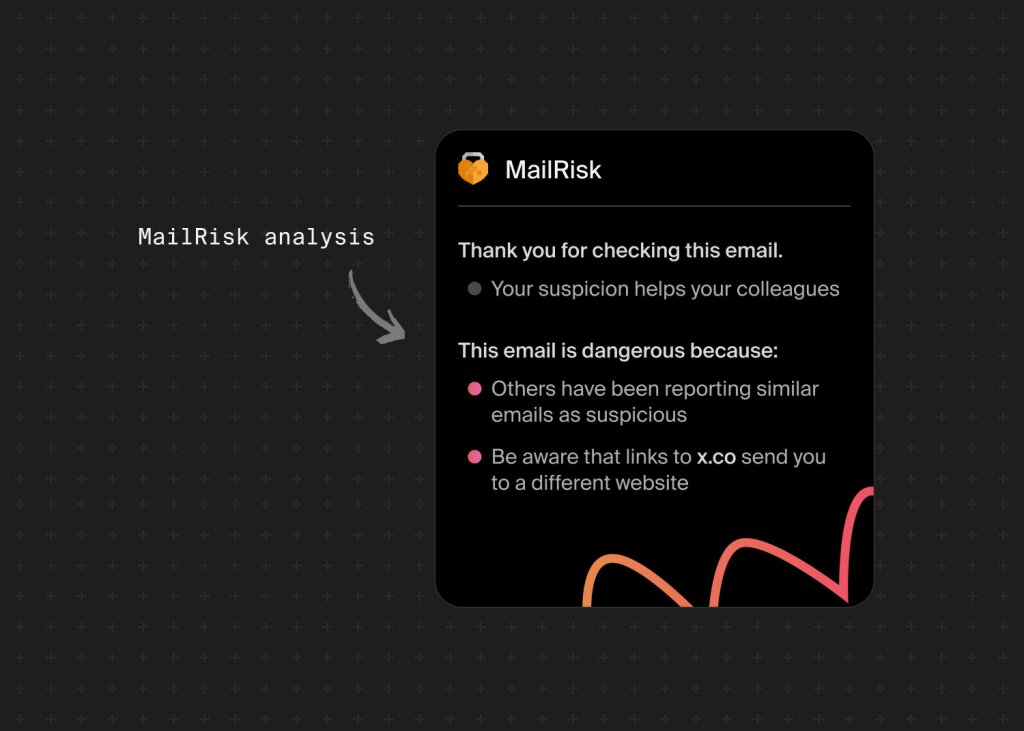To stay safe online, people need to care more about the security decisions they face every day. But unless the noticeable gains obviously exceed the required effort, change is often avoided. Luckily, behavior change in general has been subject to a lot of research, and here are some takeaways for information security professionals.
Change can be painful to all of us in all areas of life. This is only human, as we frequently tend to choose paths of less resistance. The reason for eventually making a change is that we believe it will ultimately improve our lives.
People will, however, respond and adapt to change with less pain if:
The change itself is considered small and requires little effort.
The change makes sense and obviously makes life better.
Switching TV channels (or streams) is easy because it takes a single press of a button. But still, we only do it if we believe in the opportunity for a better show than we are currently watching.
Changing your physical workout habits, however, is often a lot more difficult, even if we know it improves our health and well-being. Turning off the TV in favour of exercise is no longer just a minor change.
You may read this now and spontaneously decide to get your heart pumping for a few minutes. Would this little reminder have helped you form a new and permanent behavior anyway?
Probably not. Even if you already know it would give you a longer and happier life!
So how can we, as security professionals, expect people to take our advice and actually change their information security behavior?
Motivations for change
It is evident that change cannot simply be yielded from knowledge about a better way.
For example, some people do not immediately see the point of locking their digital device whenever leaving it unattended, despite their employer's information security policy saying that it should be done. Always.
Behavior change is easier if you are highly motivated to change.
Suppose your physician told you that without a lifestyle change, you will have a heart attack within the next six months. Exercise would become a matter of life and death. This would probably motivate most people a lot!
On the other hand, people often struggle to intuitively connect the dots between leaving their device unlocked and the potential consequences of someone abusing their digital identity.
It is challenging to see how an unlocked device can lead to real impact in our physical world, with severe consequences for themselves, customers, colleagues, or companies, if it only happened at the wrong place, at the wrong time.
Knowledge can nevertheless increase people's risk understanding, so that they are better able to discover the importance of a specific behavior.
With high motivation also comes the ability to perform more difficult tasks.
Simplifying tasks
Behavior change is also more easily attainable if the change is small and straightforward.
In addition, the desired change needs to be actionable, something concrete. Not just "exercise more" or "stay safe online", but rather "lock your PC when you leave it".
Unfortunately, some people still believe they need to navigate through three clicks on the screen, via the Start menu, to lock their device. Their workload increases even further if they are not allowed to use biometrics, such as a fingerprint or an iris scan, to unlock either. They may also be required to change passwords at regular intervals, so they cannot learn to type it fast before having to re-learn a new one.
Locking your device once is one thing, but when you do it ten or twenty times a day, adopting a new habit requires motivation.
However, if people learned about the keyboard shortcuts for locking the computer (Windows key + L, or Ctrl + Cmd + Q on Mac), at least this part becomes much easier to accomplish.
If we were also able to remove some obstacles to logging back in, the entire routine would require even less motivation to perform again and again.
Triggers for a new habit
Falling back on old routines can still happen to the best of us. Just as with exercise, turning a few repetitions into a lifetime habit is a greater challenge than keeping it up for a week or a month.
Behavior psychology can also teach us something about forming persistent habits, especially when the motivation versus difficulty challenge has already been solved.
Say, you have figured out that doing 10 push-ups every day would be a goal within reach. How would you ensure that this little physical exercise takes place every day for the rest of your life?
The trick is to link your new habit to an existing one you already have.
For instance, consider the fact that you are brushing your teeth every day. This is also likely to take place more than once every day, but the mornings can be stressful enough already. So let's avoid the mornings and consider making a focused commitment as follows:
"Every time after I have brushed my teeth in the evening, I will take 10 push-ups."
And there you have it, a realistic goal (replace 10 with whichever number suits your motivation), and a clear trigger, free of obstacles, which can easily be remembered.
Apply the same idea to locking your computer when you leave it, and we could end up with something like this:
"Every time I lift my butt from my chair, I press Win + L on the keyboard."
Voila! Learning new habits this way will quickly turn into second nature. In fact, there is so much embedded in our behavior that we even do it at home, all alone, when reaching for a glass of water.
Bit with the obstacles to logging back in removed and the worry of forgetting to lock your device eliminated, this routine will no longer feel like work.
New habits for security professionals
A little twist to summarize this article is stating the obvious fact: information technology and security professionals are human, just like anyone else.
And just like any of our colleagues, we tend to have our own little habits, both in terms of daily routines and also in how we think about the bigger picture.
Consider how your organization has approached security awareness lately.
Although the threat landscape is changing, has your team considered any change to how you manage human risk in your organization?
Maybe the formula so far has involved some e-learning content on information security, doing a few phishing simulations, and generating a little bit of attention during National Security Awareness Month in October each year.
Your key performance indicators for human cyber risk are mainly the percentage of employees completing the e-learning and the percentage of people who clicked the phishing simulation link. Sounds familiar?
Maybe you are doing this because this is what we have always done, and what "everyone else" is doing, so why change a "winning team", right?
Yes, change can indeed be difficult for security professionals as well. And yes, trying something new is a bigger risk than sticking with the status quo.
But does that mean we do not need to change to keep our organizations secure? Are you considering the alternative risk of not finding a better way when better ways exist?
This is precisely why Secure Practice was founded five years ago. To find a better way for persistent security behavior change, and to build it with measurable outcomes beyond whatever else is found in the market today.
Hopefully, we have motivated you to move beyond the status quo. We have also tried to remove all obstacles for you, and so the final thing remaining is the trigger question:
Are you ready to make the change?


